With new regulations emerging across the globe, consumers and businesses are getting the message that excessive plastic usage is bad for the environment. “The problem is that there is too much plastic waste and not enough economically viable means to establish effective recycling options,” says Steve Greenfield, Director of Sales and Marketing with NNZ. “Something needs to change.”
As is often the case where it is not clear who is primarily responsible, governments are pressing forward with taxes and restrictions on plastic usage. In response, the industry has started to shift toward replacing plastic packaging products with paper-based materials.
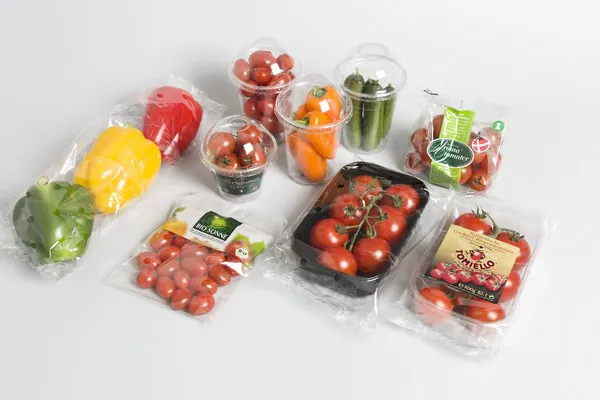
“Because paper is a product that comes directly from nature, it is widely considered the sole frontrunner for replacing plastic in the packaging industry,” shared Greenfield. This trend is plainly visible when walking around a local grocery store and start tracking how many produce items are protected by a paper-based package—some stores even have a mandate requiring agriculture suppliers to use paper packaging.
“However, an interesting narrative catching steam in the industry and academic circles is that paper may not be capable of acting as a total replacement for plastic,” Greenfield said. As highlighted in a research paper published in the journal of Packaging Technology and Science, significant research supports the conclusion that plastic grocery bags are superior to paper grocery bags—among other things, this research found that plastic bags contribute 70-80% less solid waste than paper bags.
There are various reasons why paper cannot realistically act as a replacement for all plastic packaging products across the globe. One intuitive explanation is that it would require a massive number of trees to satisfy the current demand for packaging materials.
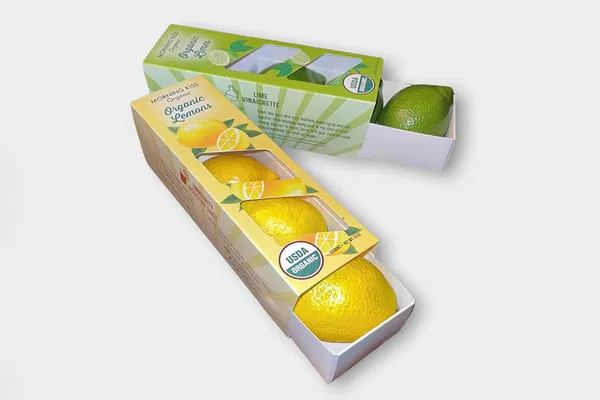
Trends repeat themselves
“Like fashion, packaging is not immune from recurring cycles. The same way certain fashion trends reemerge after seemingly disappearing for years, packaging trends can also reemerge,” Greenfield commented.
In the mid-1900s, paper bags were considered bad for the environment because of the idea that such products lead to widespread deforestation. “In fact, what we now consider single-use grocery bags, which are being banned at a fast rate, were initially intended as a reusable replacement to the forest-destroying paper bags.”
This is not to say that plastic is superior to paper or vice versa; abundant research is available to support both sides of the argument. However, this does illustrate that excessive use of any single product is likely to be environmentally harmful.
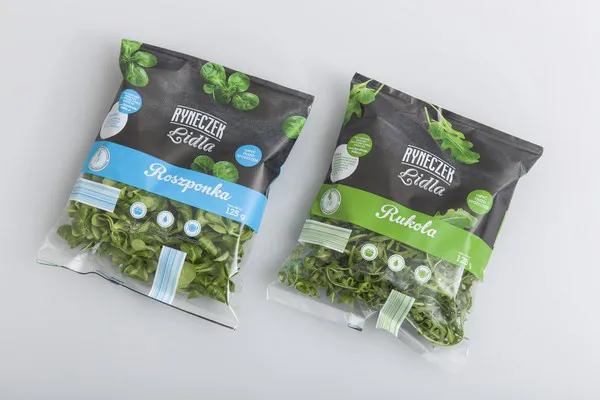
Thoughts for the future
Which material will be the primary packaging material in the coming years remains to be seen. “If history can teach us any lesson, we should avoid swinging the pendulum too far in the opposite direction.” Prudent packaging processes will likely involve a thoughtful mix of both paper and plastic-based packaging, as well as require concerted investment by the industry in developing more sustainable options for both types of products.
Unfortunately, food packaging is often considered a needless cost. This is far from the truth, as research has repeatedly supported the fact that food packaging should rightfully be seen as an added value because it supports the reduction of food loss by improving shelf life and transportability.
Many people these days want environmentally friendly options for packaging, but they don’t necessarily want to pay for it. That’s why NNZ’s distribution model allows for all options. “By working with a worldwide network and searching for cutting-edge solutions from manufacturers everywhere, NNZ is able to be more flexible,” says Greenfield. “Unlike a packaging manufacturer, we can give you options and not just try and shoehorn you into the one product we have. It’s more of a consultative sale finding the best solution, not just the best package.”
In the end, packaging is designed to protect the product it surrounds—it is not the end product. The proper material must be economically viable, abundantly available, and easily manipulated to create the most effective packaging product. “We are eager to see what the future holds, and we are hopeful that market forces rather than government mandates dictate the future.”
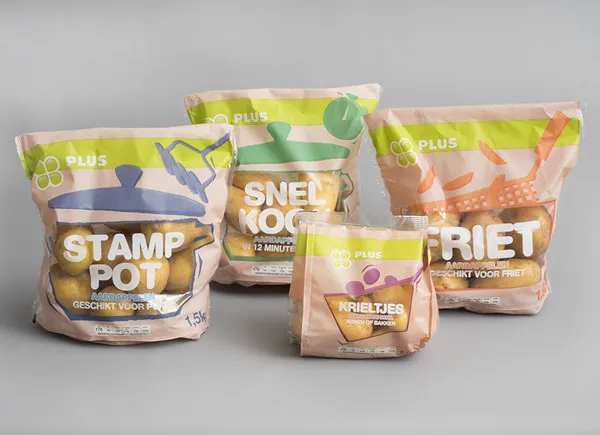
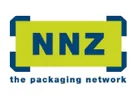 For more information:
For more information:
Steve Greenfield
Director of Sales and Marketing
NNZ USA
sgreenfield@nnzusa.com
Patrick Boot
Chief Financial Officer
NNZ North America
pboot@nnzusa.com
www.nnz.com
